Canari draws its inspiration from the canary, a bird that was the coal miners companion and alerted them when the air was contaminated.
Once connected to the internet, the lamp will the lamp will fetch data from public API to determine the air quality (PM PM10). The LEDs are dimmed according to local air pollution measures available on citizen science sites such as sensor.community or smartcitizen.me. The project was released under a Creative Common License with online tutorials.
Fond européen de développement régional en Wallonie avec En Mieux - Kikk Festival.
Air pollution is omnipresent in our cities. Government institutions and universities have long been working to measure and map it. More recently, local projects and initiatives have also enabled citizens to analyse and learn more about this complex phenomenon. But too often, the data remain in libraries or laboratories and are, at best, disseminated on the internet. Where it is available, it remains incomprehensible to the uninitiated. Once again, air pollution remains in the ether, invisible.
The Canari project aims precisely at revealing air pollution.
In the past, in coal mines, canaries were carried away as a signal, alerting miners when the air became unbreathable. Seeing these birds choke (often due to too high a concentration of carbon monoxide), miners could escape before it was too late. Similarly, the Canari Project wants to raise awareness of air pollution by turning toxicity data into light signals. Using the coal mine analogy also means associating the past with the present, the mine with air pollution, faith in industrial progress and the damage it has caused.
Canari makes air pollution visible, by making the reading of data related to pollution instinctive through the light patterns that a lamp displays, their speed, and their amplitude. The objective is not only to give information to the citizens but rather to sound the alarm and alert them to the need to act at that moment, at that place.
In this spirit, the Canari project joins the movement of citizens, associations and researchers who mobilised in recent years to demand cleaner air. By raising awareness of the geography and scale of the problem, we hope to encourage community involvement and action towards a more sustainable future and put pressure on decision-makers for rapid improvements in this area.
This prototype lamp is part of a longer trajectory on air quality representation supported by Trakk through its edutainment programme.
Please highlight how the project can be exemplary in this context
Air pollution is sometimes called the “invisible killer”. Whereas in the past, smoke from factory or incinerator chimneys was a fairly reliable indication of the presence and location of toxic air, today air pollution is mostly imperceptible to the naked eye. On the contrary, a sunny day with blue skies is a condition often associated with high pollution.
Yet air pollution is omnipresent in our cities. Government institutions and universities have long been working to measure and map it. More recently, local projects and initiatives have also enabled citizens to analyse and learn more about this complex phenomenon. But too often, the data remain in libraries or laboratories and are, at best, disseminated on the internet. Where it is available, it remains incomprehensible to the uninitiated. Once again, air pollution remains in the ether, invisible.
The Canari project aims precisely at revealing air pollution.
Please highlight how the project can be exemplary in this context
In the past, in coal mines, canaries were carried away as a signal, alerting miners when the air became unbreathable. Seeing these birds choke (often due to too high a concentration of carbon monoxide), miners could escape before it was too late. Similarly, the Canari Project wants to raise awareness of air pollution by turning toxicity data into light signals. Using the coal mine analogy also means associating the past with the present, the mine with air pollution, faith in industrial progress and the damage it has caused.
Canari makes air pollution visible, by making the reading of data related to pollution instinctive through the light patterns that a lamp displays, their speed, and their amplitude. The objective is not only to give information to the citizens but rather to sound the alarm and alert them to the need to act at that moment, at that place.
Please highlight how the project can be exemplary in this context
In this spirit, the Canari project joins the movement of citizens, associations and researchers who mobilised in recent years to demand cleaner air. By raising awareness of the geography and scale of the problem, we hope to encourage community involvement and action towards a more sustainable future and put pressure on decision-makers for rapid improvements in this area.
Please highlight how this approach can be exemplary
By combining citizen science, academic expertise, SME ressourcefulness and design aesthetics, we are convince that Canari can be exemplary.
Canari was awarded the Citizen Science Prize in the CRQLR award in 2021
Please also explain the benefits that derived from their involvement.
This prototype lamp is part of a longer trajectory on air quality representation supported by Trakk through its edutainment programme that brings together academics, designers and local businesses around a science-related theme. This prototype is the result of a collaboration between academics (Nicola Da Schio and Tarek Barakat), a designer (Guillaume Slizewicz), a creative technologist (Martin Pirson) supported by the Trakk team (Marine Warzée, Laura Latour, Nathalie Cimino).
Air quality
The lamp is made of brass, glass, and custom 3D-printed parts and includes a microcontroller connected to real-time open data on pollution that controls 7 LEDs. Once connected to the internet, the lamp will fetch data from public API to determine the air quality (PM2.5 and PM10). The LEDs are dimmed according to local air pollution measures available on citizen science sites such as sensor.community or smartcitizen.me.
Please provide clear documentation, communication of methodology and principles in this context.
The project was released under a Creative Common License, and tutorials on building and connecting the lamp can be found online.
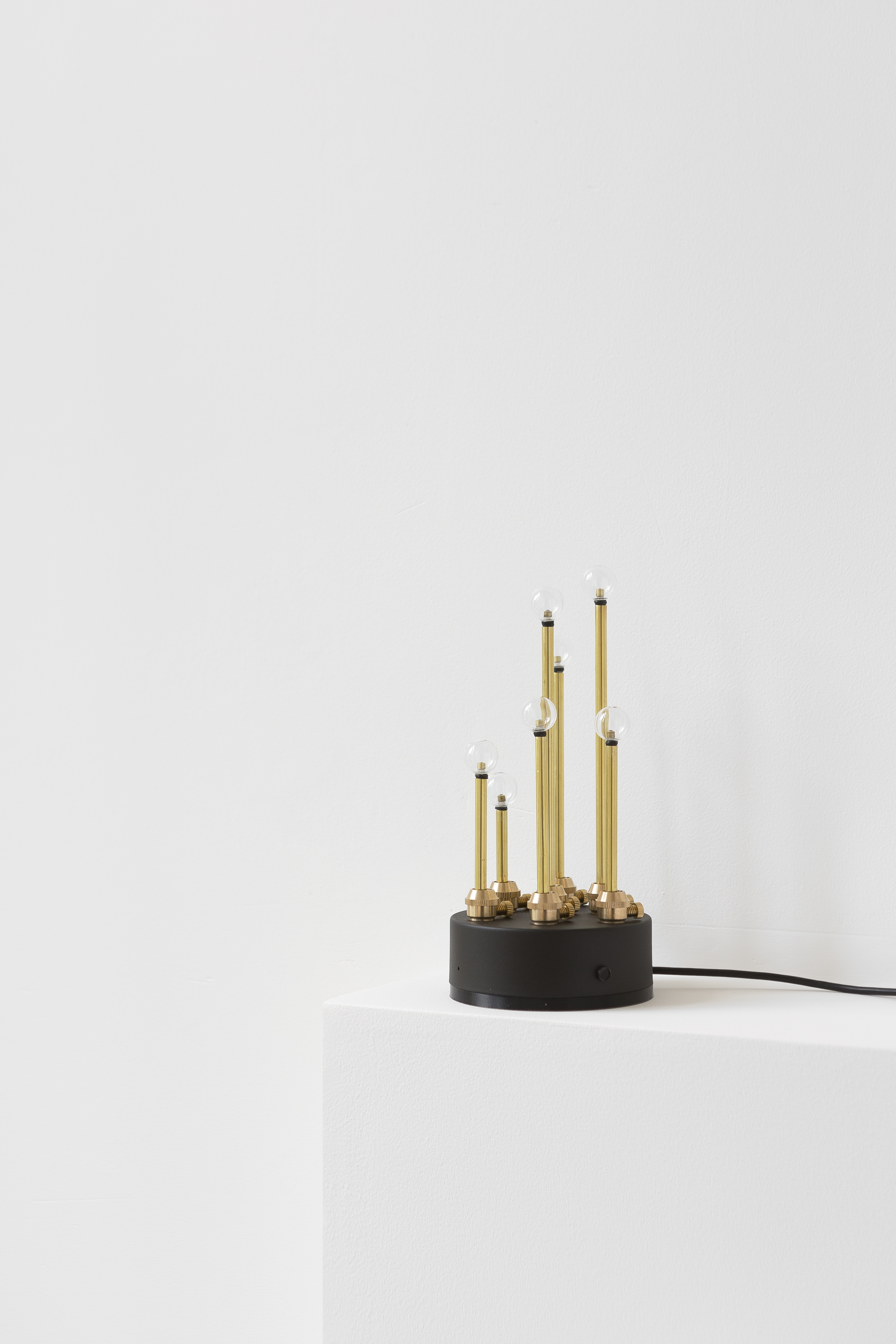
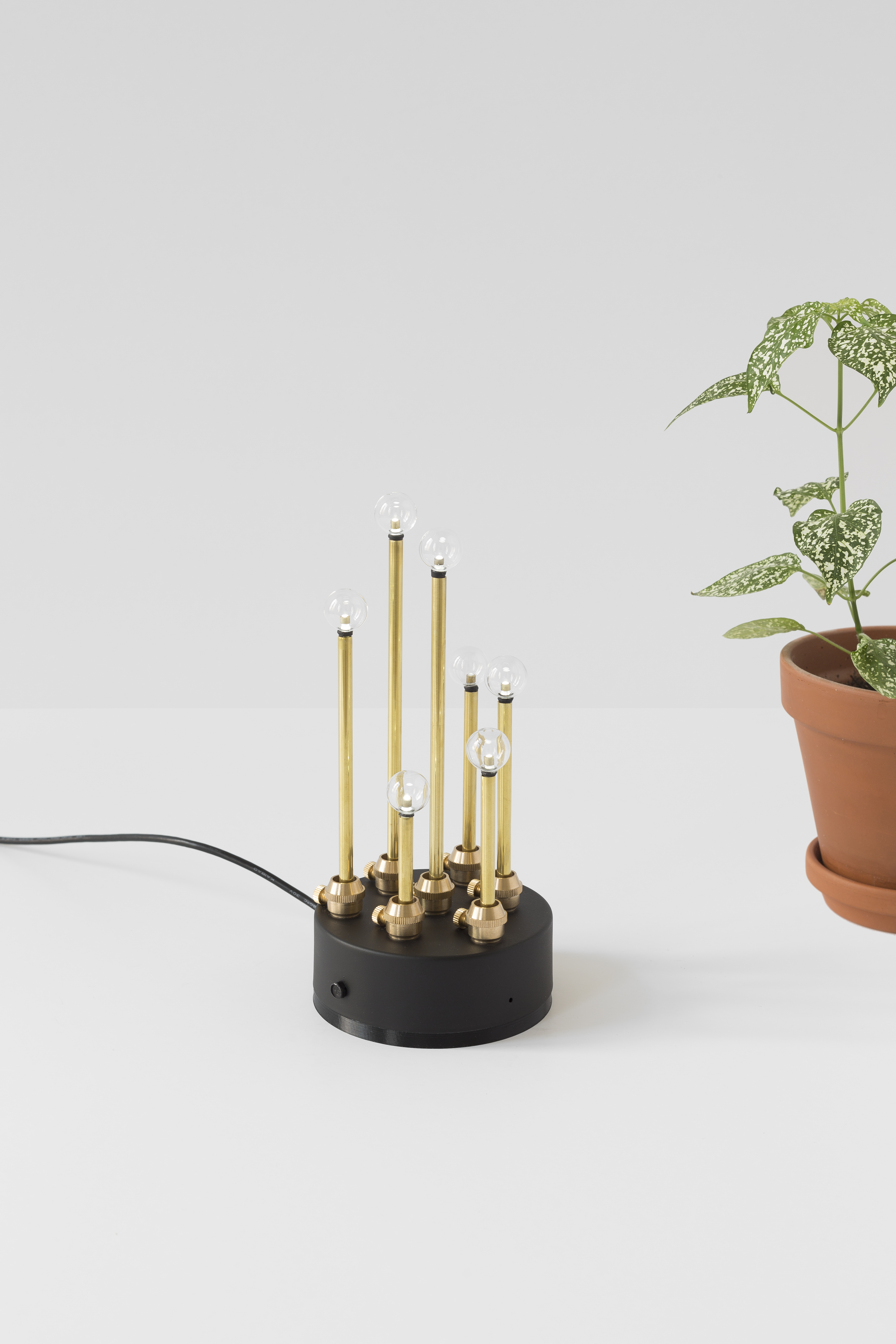
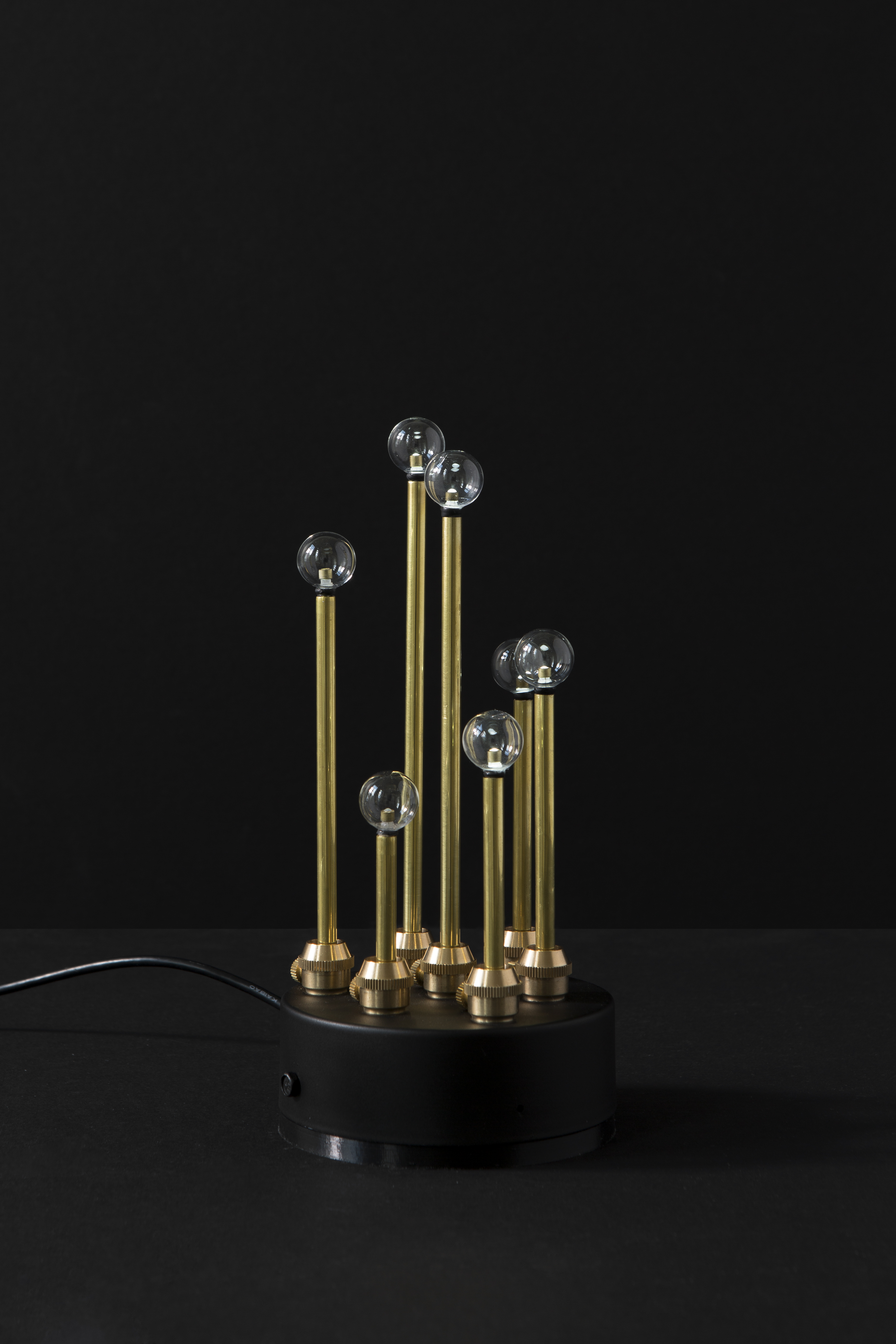
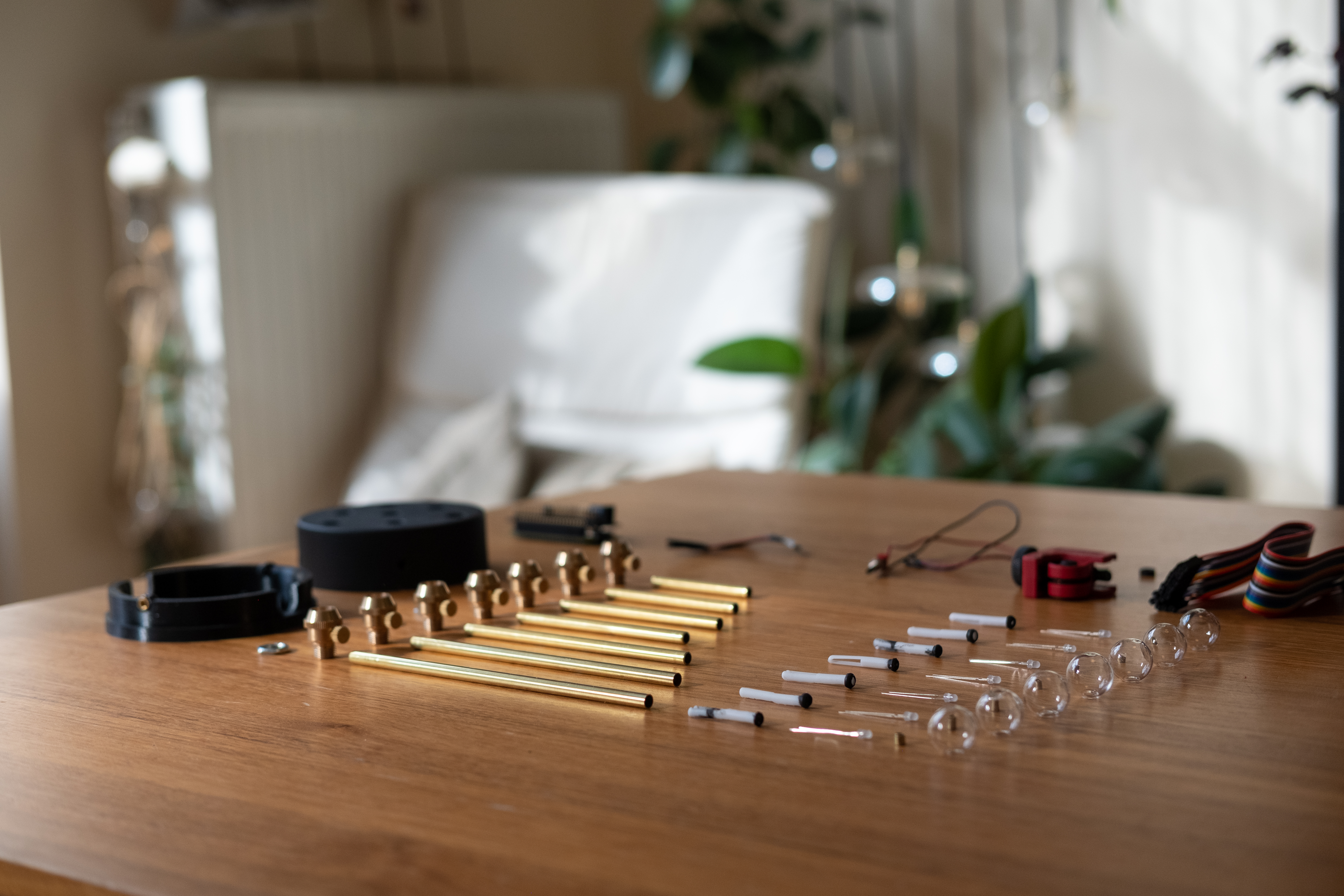

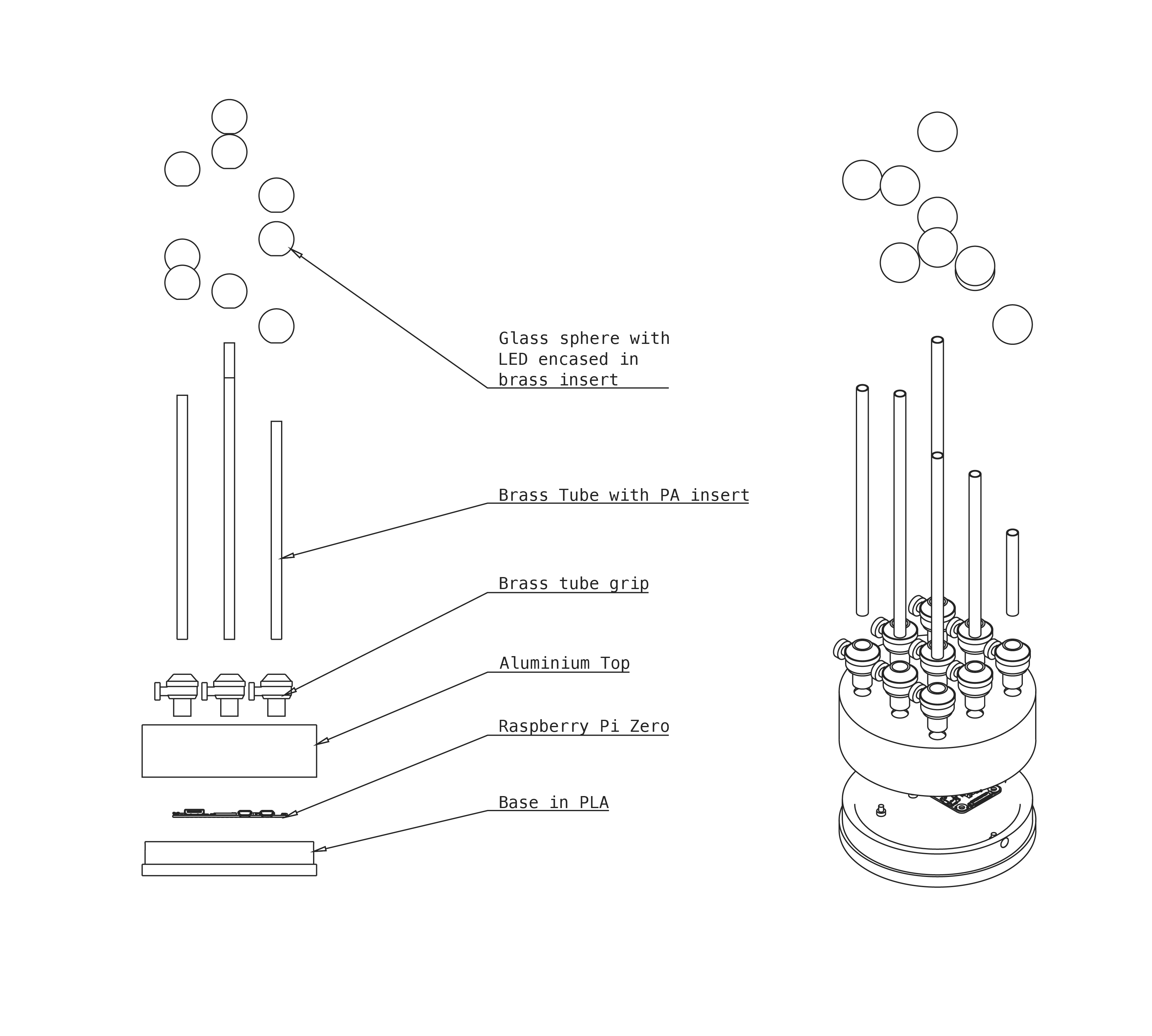
@GuillaumeSlizewicz, 2021
Content licensed to the European Union.